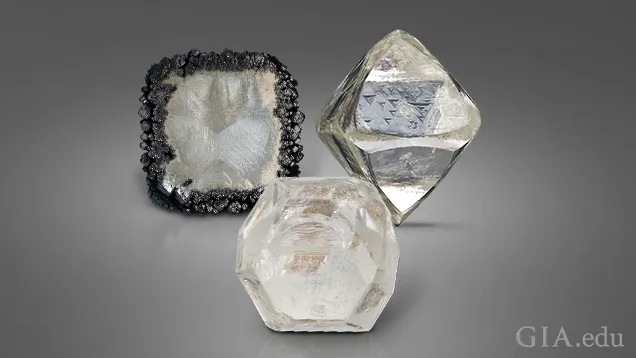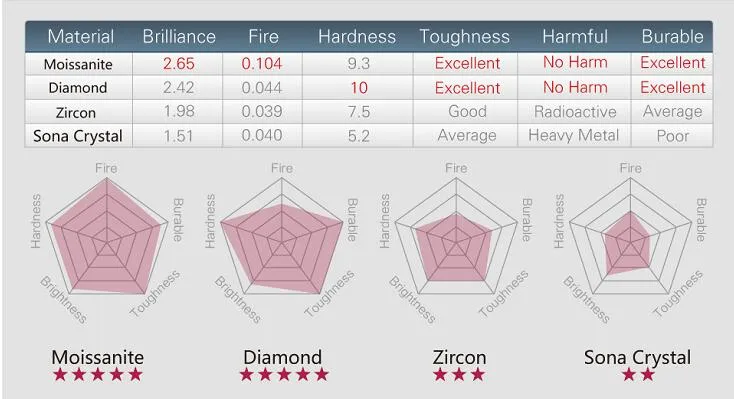Read before you decide to buy an engagement ring
Welcome to Queendom Gem.
Since getting more popular with lab-grown diamonds and moissanites, I’ve been asked more and more frequently about the differences between natural diamonds, lab-grown diamonds and moissanites. So in this article, reveals everything you need to know about diamonds, including appearance, formation, and price.
Appearance
While natural diamonds and lab-grown diamonds are both diamonds, they were made significantly differently. Natural diamond is mined from the soil, but lab-grown diamond is made in a laboratory; moissanite is also created in a laboratory but has different optical qualities than a diamond, such as more excellent fire and sparkle.
(Click to learn queendomGem’s Moissanite https://queendomgem.com/moissanite/)

Formation
How are diamonds formed?
Carbon atoms are located kilometres below the earth’s surface, where natural diamonds are produced over billions of years. These tiny carbon atoms crystallize under high heat and pressure, eventually becoming rough diamonds. This protracted, intensive process makes diamonds the most rigid natural material. Finally, they move closer to the earth’s surface, where they can be mined and made into polished diamonds. To ensure they are sourced responsibly, all diamonds are now put through the Kimberley process. Since they have been used for centuries in both jewellery and the industrial sector, natural diamonds have retained their worth.

How are lab-grown diamonds formed?
Although lab-grown diamonds are genuine gems, their place of origin sets them apart from their natural counterparts. The process used to make natural diamonds, comprising carbon atoms, high pressure, and high temperature, generates these gems in a controlled setting. Since they are equally as durable as genuine diamonds and can be produced in a matter of weeks, this procedure is rapid. Natural and lab-grown diamonds will have the same physical and visual characteristics when polished into final stones; their origin and look are closely tied to what makes them valuable to customers. They are manufactured, which equates to sustainably supplied and less expensive, at lower costs and in less time.

How are moissanites formed?
While moissanites are similarly created in a laboratory, their chemical composition is silicon carbide rather than pure carbon, which is designed to resemble natural stones. Moissanites are a rare natural mineral. They will differ in both look and bodily makeup as a result. Compared to natural and lab-grown diamonds, moissanites have a greater refractive index, more fire and sparkle, and a Mohs hardness of 9.25 instead of 10, and particularly attractive price.

Here is more comparations.

How are their prices different?
Natural diamonds are the most valuable and expensive due to their lengthy production process. The price of lab-grown diamonds has been falling over the past several years, and they are presently between 50% and 70% cheaper than natural diamonds of the same size, colour, and clarity. The least expensive choice of the bunch is moissanite, which costs roughly 90% less than a genuine diamond.

Summary
Now that you have all the essential information, it is time to assess your alternatives. All three stones will sparkle as your centerpiece since they reflect light nicely. A natural diamond is a way to go if you want something timeless and unusual. Even if cost is an issue, diamonds come in various sizes and grades so that you can select the perfect one.
Regarding sourcing and sustainability, lab-grown diamonds and moissanite are lovely choices. Both provide significant savings if you want something that looks just like a genuine diamond. On the other hand, moissanite will be more affordable and have an unrivaled shine.